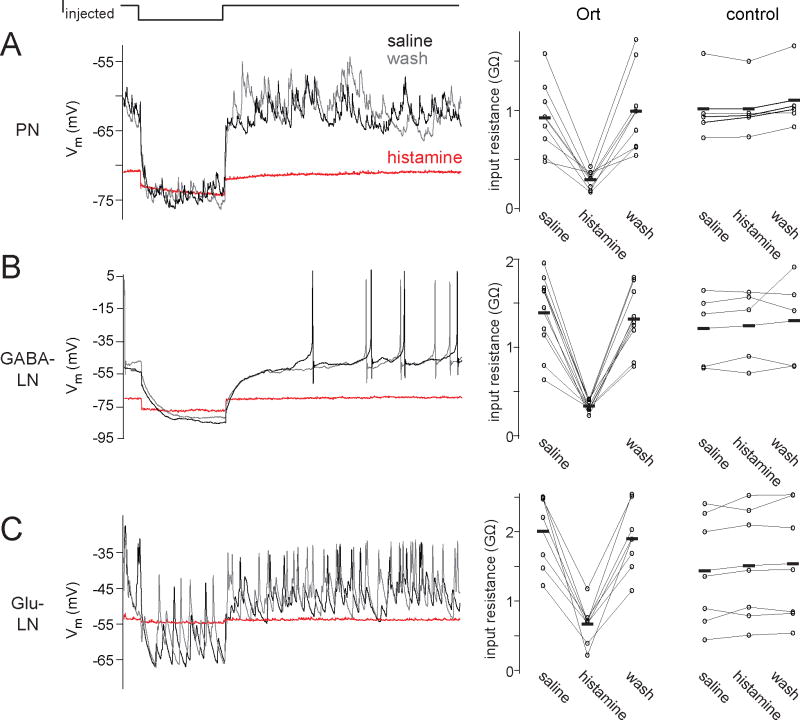Figure 2. Histamine reduces input resistance and suppresses spontaneous activity in Ort-expressing neurons.
(A) A whole-cell recording from an antennal lobe PN showing that histamine (100 μM) reduces input resistance, quantified as the membrane potential change elicited by hyperpolarizing current injection, divided by the magnitude of the current step (500 msec duration). Spontaneous EPSPs are also suppressed by histamine. These effects are reversed upon histamine washout. The plot at right shows the input resistance in histamine, for all PN experiments (n = 8 Ort+ and 5 control).
(B) Same as above, but for a GABA-LNs (n = 10 Ort+ and 5 control).
(C) Same as above, but for a glutamatergic LN (Glu-LN; n = 7 Ort+ and 7 control). In this set of experiments, we used a lower concentration of histamine (25 μM) because this concentration produced near-maximal effects in Glu-LNs. This may reflect a higher level of Gal4 expression in these cells.

